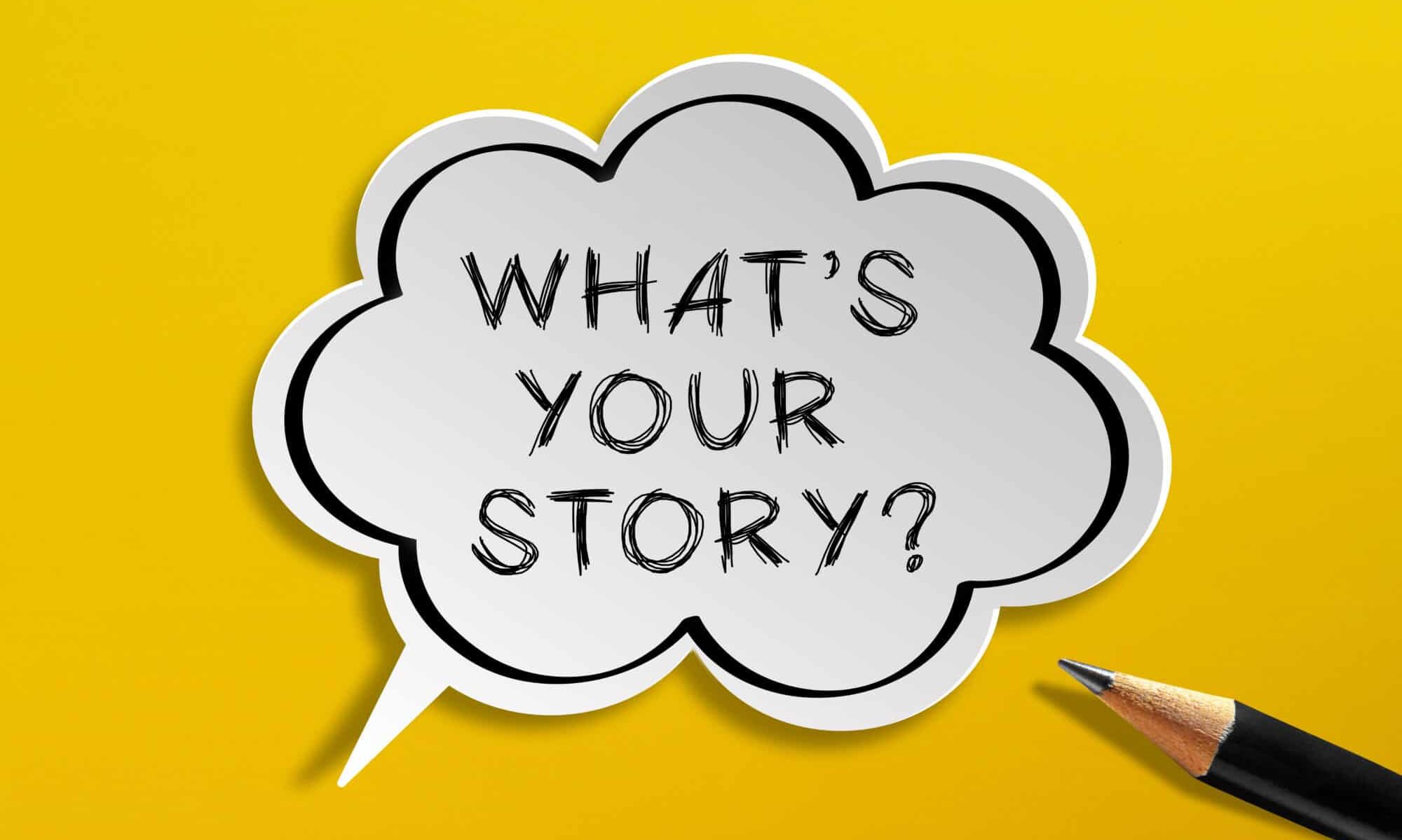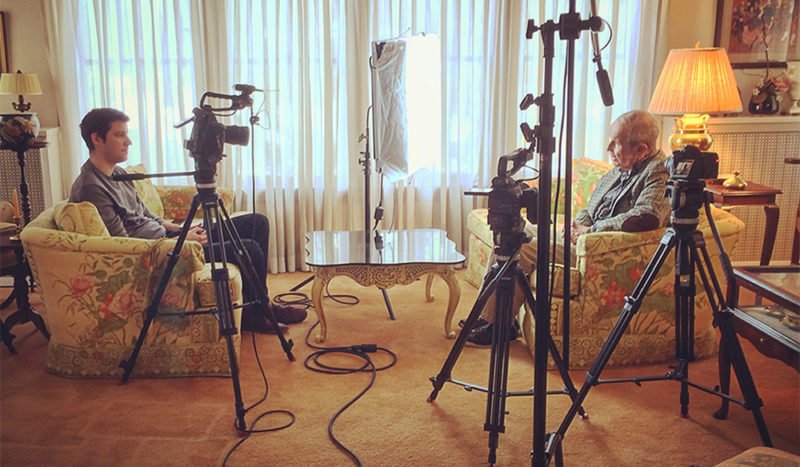When you’re turning a loved one’s memories into a private heirloom, the first choice is format: a short film or a private podcast episode. Both are beautiful; they simply preserve different parts of the person you love.
What video keeps best
- Presence you can see. Expressions, gestures, the way someone’s eyes light up—these nonverbal cues carry emotion you don’t get from audio alone. Research shows that seeing a speaker’s face/lips can meaningfully improve speech understanding, especially when conditions aren’t perfect.
- Family resemblance & body language. “They smile just like Grandpa.” Those small visual echoes become priceless to kids and grandkids. Good fit for: milestone gifts (anniversaries, big birthdays), expressive storytellers, highlight reels for private sharing.
What audio (podcast) keeps best
- Voice intimacy. Listeners often feel unusually close to familiar voices; podcast studies describe strong parasocial bonds of trust and intimacy with hosts. That closeness translates beautifully to family oral histories.
- Effortless re-listening. Easy to replay on walks, commutes, or while cooking. Good fit for: camera-shy storytellers, reflective conversations, families who love listening together.
Accessibility & bilingual options
Whichever format you choose, we can add captions (video) or a transcript (audio)—especially helpful for mixed-language families and second-language listeners. (Audiovisual cues are known to aid comprehension in these contexts.)
“I’m shy on camera.” Here’s how we handle it
Most people are. Our job is to make the conversation feel safe and natural. We build the session around comfort first, recording second.
Before we meet
- Warm intro call (15 min). We learn preferences (EN/RU/bilingual, topics to lean into or avoid) and agree on privacy from the start—consistent with Oral History Association best practices.
- Low-pressure plan. You can choose audio-only, or we set up video that doesn’t feel like a “set.”
During the session
- Gentle start. We chat off-camera mic for a few minutes, then roll quietly so there’s no “action!” moment. Short, easy questions first; the real stories flow naturally. (Simple breathing/grounding also helps—industry guidance backs this.)
- Interview, not interrogation. One friendly interviewer, seated just off-axis so you look at a person—not into a lens.
- Minimal gear. One small camera, soft window light, two tiny mics. No blinding lights, no swarm of stands.
- Permission to pause. You can take breaks, rephrase, or skip anything. You approve the final cut before anything is shared. (Again in line with oral-history ethics.)
After
- You own everything. We deliver finals and raw files privately to your family.
- Preservation-minded. We provide an easy access copy and keep an archival master so the story outlives devices.
Not sure which to choose? Use this quick guide
Pick Video if you want to preserve presence—smiles, hands, the way someone thinks with their face. (Also great when you’d love a few short, captioned highlights for the family chat.)
Pick Podcast if you want a re-listenable voice portrait with a calm, cozy feel.
Or do both from one session. We often record with two mics + one camera and deliver a polished short film and a private podcast episode—plus captions/transcript for accessibility. Studies show that seeing and hearing together can enhance understanding; having both versions lets different relatives connect in their preferred way.
The Life Chronicles approach (in one glance)
- Privacy-first. Nothing public without explicit consent. Clear, plain-English agreements from the start.
- Bilingual. Interview, captions, and transcripts in whichever mix fits your family.
- Comfort-forward production. A quiet room, small footprint, human conversation.
- Two-week turnaround for single-session portraits (multi-session documentaries vary).
- Family ownership. Finals + raws delivered privately.
Still deciding? Book a free 15-minute pre-interview. We’ll learn about your storyteller and help you choose the format that fits them best—and make sure even the shyest voices feel at home.

